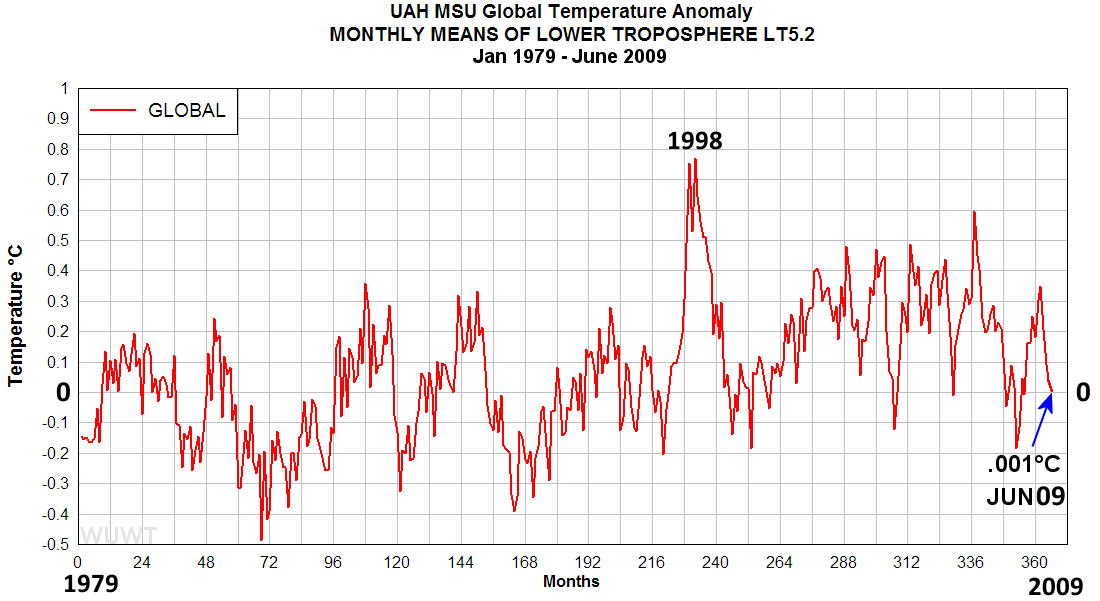OF THE
TIMES
The course of life and labour reminds me of a long journey I once took on the railway. Suddenly, there was a breakdown ahead, and passengers took the event in various ways. Some of them sat still resignedly, and never said a word. Others again, went to sleep. But some of us leaped out of that train, and ran on ahead to clear the road of all obstructions.
Lucky I wasn't standing there taking a Piz, I could have been killed!
I’d be bummed out if “Cowboy” got captured or KIA after all his courageous service. 🦅🔥 Journalist and Sputnik Contributor Russell Bentley Missing...
Death by lightning seems such an odd event from my comfy Alberta home. Yet India, Pakistan and Bangladesh seem to have lots of very accurate...
Hypocrites, all. Fuk you if you support Israel and don't like it when other people don't. That's the last article by Tyler Duren that I will read....
I’d be bummed out if “Cowboy” got captured or KIA after all his courageous service. 🦅🔥 Journalist and Sputnik Contributor Russell Bentley Missing...
To submit an article for publication, see our Submission Guidelines
Reader comments do not necessarily reflect the views of the volunteers, editors, and directors of SOTT.net or the Quantum Future Group.
Some icons on this site were created by: Afterglow, Aha-Soft, AntialiasFactory, artdesigner.lv, Artura, DailyOverview, Everaldo, GraphicsFuel, IconFactory, Iconka, IconShock, Icons-Land, i-love-icons, KDE-look.org, Klukeart, mugenb16, Map Icons Collection, PetshopBoxStudio, VisualPharm, wbeiruti, WebIconset
Powered by PikaJS 🐁 and In·Site
Original content © 2002-2024 by Sott.net/Signs of the Times. See: FAIR USE NOTICE


Reader Comments
to our Newsletter